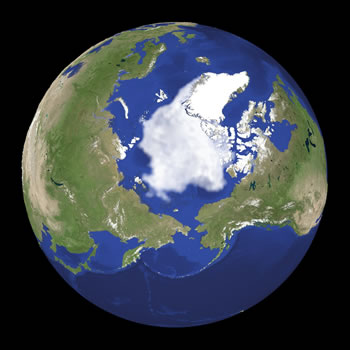2011.10.11
2011 GIC Weekly Report Vol.10
Northeastern and Northwestern Passages Both Closed
Topics of the Week
Last week, the Global Ice Center at Weathernews forecast that the sea ice encroaching into the sea north of the New Siberian Islands (Novosibirskiye) would cause the northeastern passage to be closed by October 8th. Actually, edge of the expanding ice off the coasts of northern islands closed this passage closed on the 7th. This year, the northeastern passage was open for approximately two months, which is the longest period it has been observed open in recorded history.
Meanwhile, spreading ice in the northwestern passage finally closed up the passage on October 10th. This passage was open for 50 days, which is also a record setting period of navigability.
From here, we head into winter in the Arctic with ice continuing to spread and thicken until the passages start to open again next summer. This week’s report is the last from the Global Ice Center for this year.
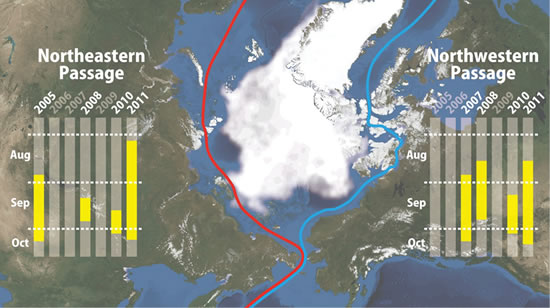 Fig 1: Navigable Periods of Northeastern & Northwestern Passages
Fig 1: Navigable Periods of Northeastern & Northwestern PassagesSea Ice Extent
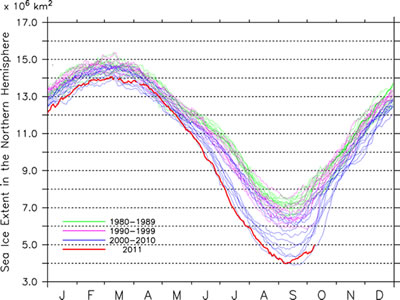
|
Arctic Western Arctic Eastern Arctic |
Fig 2: Arctic Sea Ice Extent(Click to Expand)
(a)Total Arctic Sea Ice Extent (b) Arctic Sea Ice Extent (Western Hemipshere) (c)Arctic (Eastern Hemisphere)
Figure 2a illustrates the progression of the sea ice extent in the Arctic. The total area of ice coverage in the Arctic is 4.99 million km2, which is 20% more than the smallest area recorded this year on September 9th. Ice expansion is quickening its pace, with a 480,000 km2 increase seen over the last week. If we look at the Eastern (fig. 2b) and Western (fig. 2c) hemispheres, we can see ice expanding steadily.
Figure 3 illustrates the distribution of sea ice across the Arctic Sea as seen by satellite. We can clearly see expanded ice floe starting to encroach upon the coasts of various islands in the East Siberian Sea and the Beaufort Sea. In addition, even the Canadian Arctic Archipelago is also progressively freezing over.
Sea Ice Conditions along Polar Routes
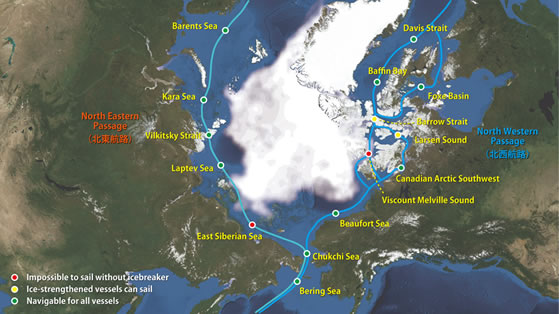
Fig. 4: Sea Ice Conditions along Northeastern/Northwestern passsages
Figure 4 shows the navigable conditions of routes through the Arctic. The left side of the illustration shows the northeastern passage (Siberian side) and the right side is the northwestern (Canadian side) passage. Sea ice expanding into the sea north of the New Siberian Islands (Novosibirskiye) means that it is no longer possible for vessels to enter the Arctic Sea. As for the northwestern passage, Larsen Sound and Barrow Strait are progressively freezing over in the Canadian Arctic Archipelago.
I-SEE Model Predictions
Figure 5 is the prediction model output from Weathernews’ I-See Engine. According to the model, ice expansion in the Arctic will continue and begin to freeze over the Siberia coast from mid-October. Having been closed by ice, we don’ see much chance that it will reopen again this year. Rather, ice should continue expand and get thicker. This is our last prediction for 2011.
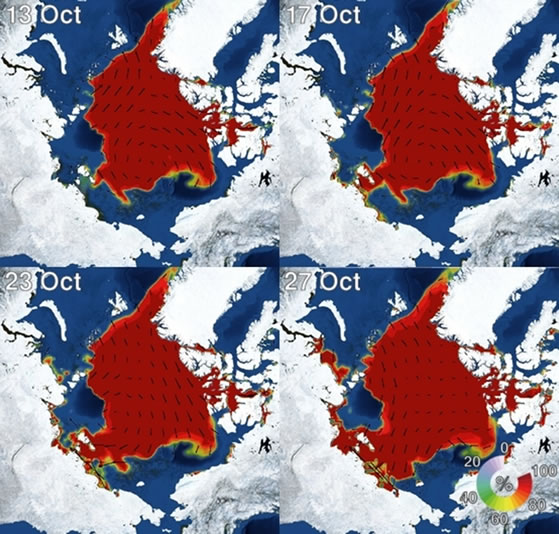
Fig 5: Forecast from Sea Ice Prediction model (Weathernews I-See Engine)


